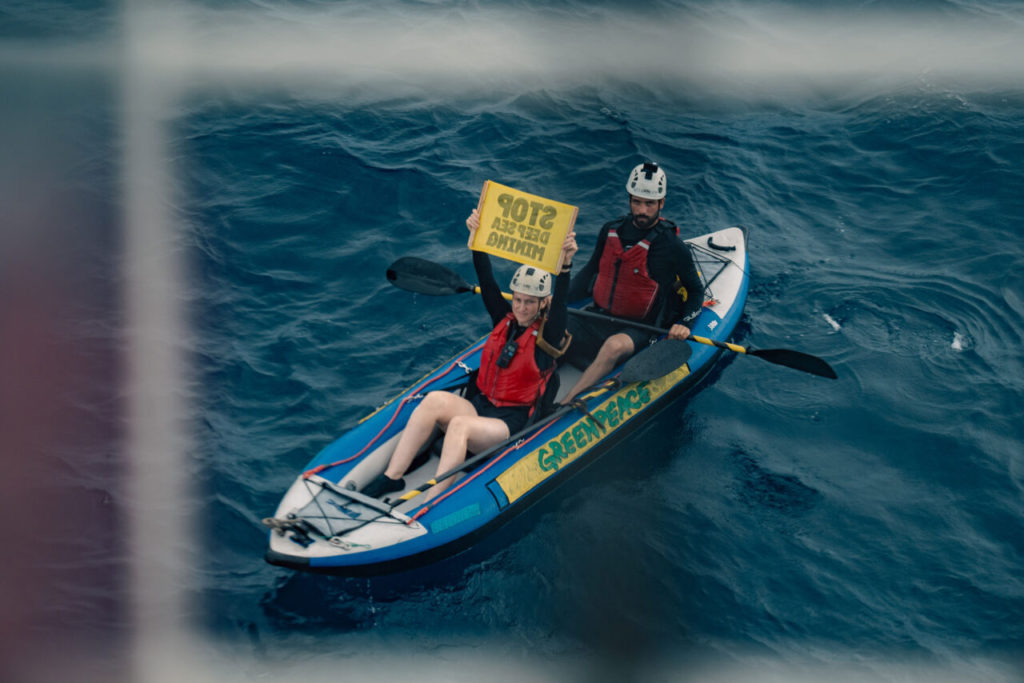UN deep-sea mining body considering the possibility of expelling Greenpeace


The representatives of 167 countries at the International Seabed Authority (ISA) will discuss this week the expulsion of Greenpeace from the UN deep-sea mining body.
As reported by the BBC, The Metals Company claims Greenpeace activists disrupted a research expedition when they boarded its vessel in the remote Pacific.
Five Greenpeace activists boarded the MV Coco on November 25 and disabled its A-frame hoist/crane.
In December, a Dutch Court ordered the activists to vacate the research vessel.
The Metals Company says the research trip interrupted by Greenpeace was for science aimed at improving knowledge of the effects of nodule collection.
It says the work had been requested by the ISA as part of an impact assessment, and that Greenpeace deliberately hampered those efforts when its activists boarded the company’s research vessel.
Greenpeace says the action was justified because The Metals Company has stated its plans to proceed with mining before regulations have been agreed upon.
Minerals and metals such as cobalt, nickel, copper, and manganese can be found in potato-sized nodules on the ocean floor. Reserves are estimated to be worth anywhere from $8 trillion to more than $16 trillion, and they are in areas where companies, including The Metals Company, plan to target.
Many NGOs and environmental groups, however, argue that mining the seafloor could have a devastating impact on the planet.
A recent report by the non-profit Planet Tracker says mining the seafloor for key minerals and metals could negatively impact the mining industry, resulting in $500 billion of lost value and causing damages to the world’s biodiversity estimated to be up to 25 times greater than land-based mining.
Read More: US bill supporting seafloor mining lifts The Metals Company
THIS ARTICLE WAS ORIGINALLY POSTED ON MINING.COM
Comments